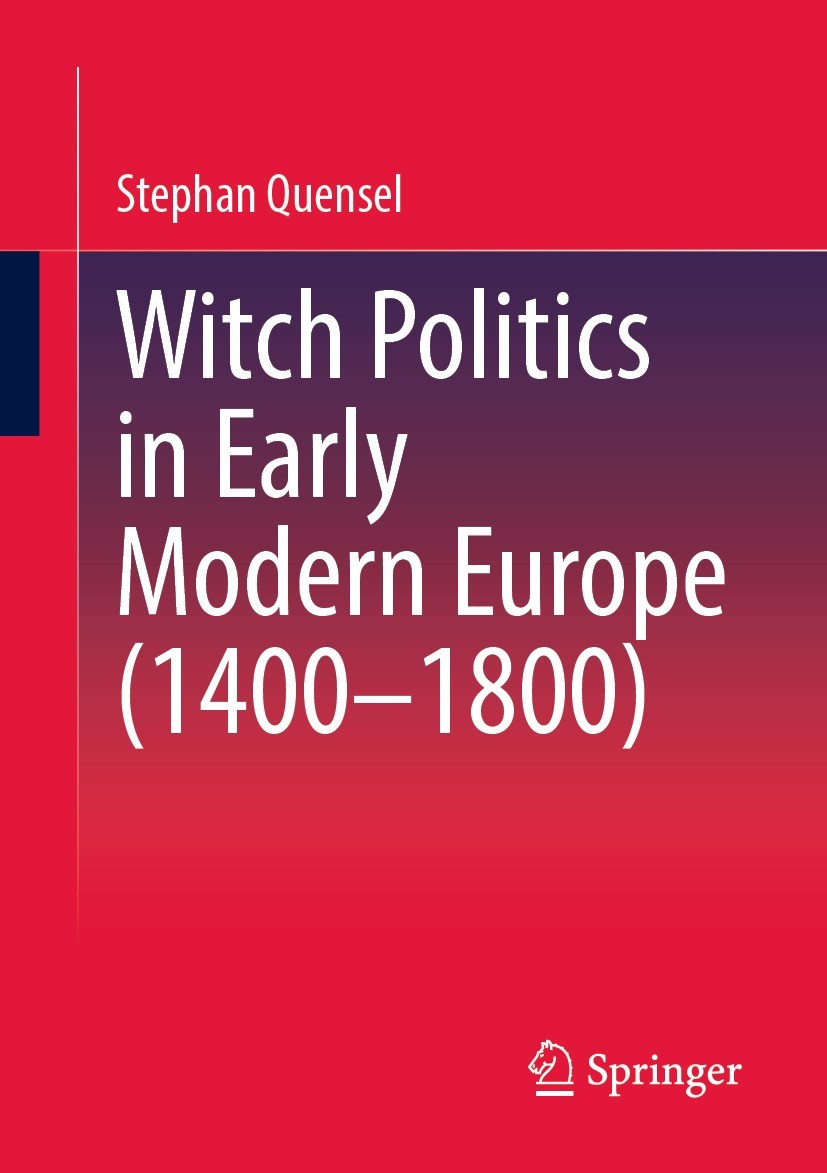| 书目名称 | Witch Politics in Early Modern Europe (1400–1800) | | 编辑 | Stephan Quensel | | 视频video | http://file.papertrans.cn/1030/1029934/1029934.mp4 | | 概述 | Comprehensive overview of the politics of witchcraft.New interpretation of the witchcraft policy.Introduction and overview | | 图书封面 |  | | 描述 | .Why does an entire society believe that there are witches who must be burned? What roles did the emerging ‘state‘, the professions of clerics and jurists, and the public involved play in each case? And how could this project be completed?.From a sociological point of view, the findings of recent international research on witches provide a model of a more general, highly ambivalent, ‘pastoral‘ attitude, according to which a shepherd has to care for the welfare of his flock as well as for its erring sheep..The first main part describes the clerical initial situation, which developed the ‘Dominican‘ demonological model of witchcraft on the basis of the still dominant magico-religious mentality in the 15th century..A model, according to the second part of the book, which then in the course of the 16th century in Western Europe increasingly fell into the hands of the not so innocent jurists. From there it developed into a legal witch persecution that realized the early European witch model from the village witch to the mass persecutions to the late child witches..The third part describes how witch persecutions slowly became less important towards the end of the 17th century as a genera | | 出版日期 | Book 2023 | | 关键词 | Witches; Witchcraft Policy; Witch hunt; Witch‘s Hammer; Criminal History | | 版次 | 1 | | doi | https://doi.org/10.1007/978-3-658-41412-2 | | isbn_softcover | 978-3-658-41411-5 | | isbn_ebook | 978-3-658-41412-2 | | copyright | The Editor(s) (if applicable) and The Author(s), under exclusive license to Springer Fachmedien Wies |
The information of publication is updating

|
|
 |Archiver|手机版|小黑屋|
派博传思国际
( 京公网安备110108008328)
GMT+8, 2025-11-7 10:05
|Archiver|手机版|小黑屋|
派博传思国际
( 京公网安备110108008328)
GMT+8, 2025-11-7 10:05


